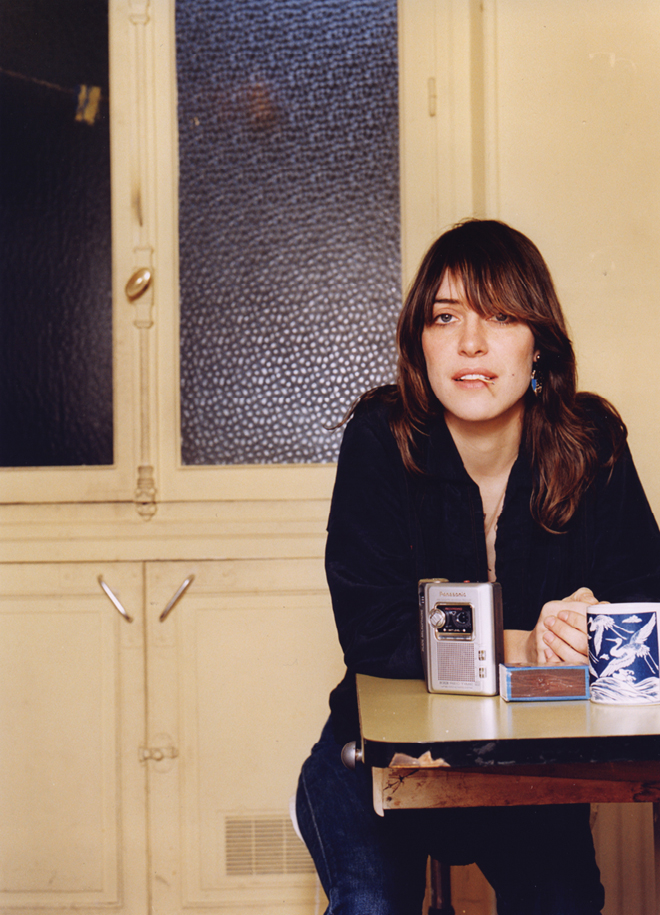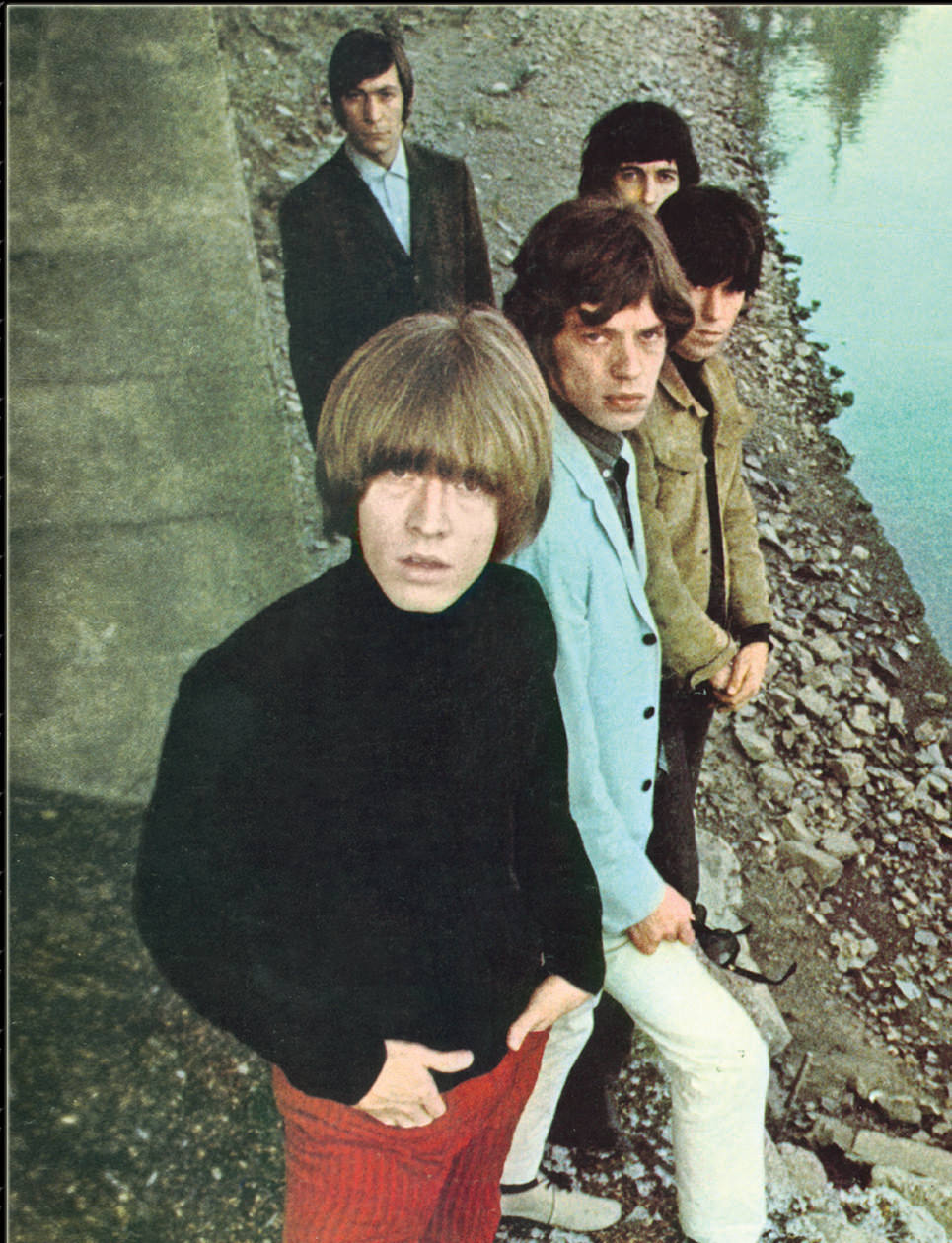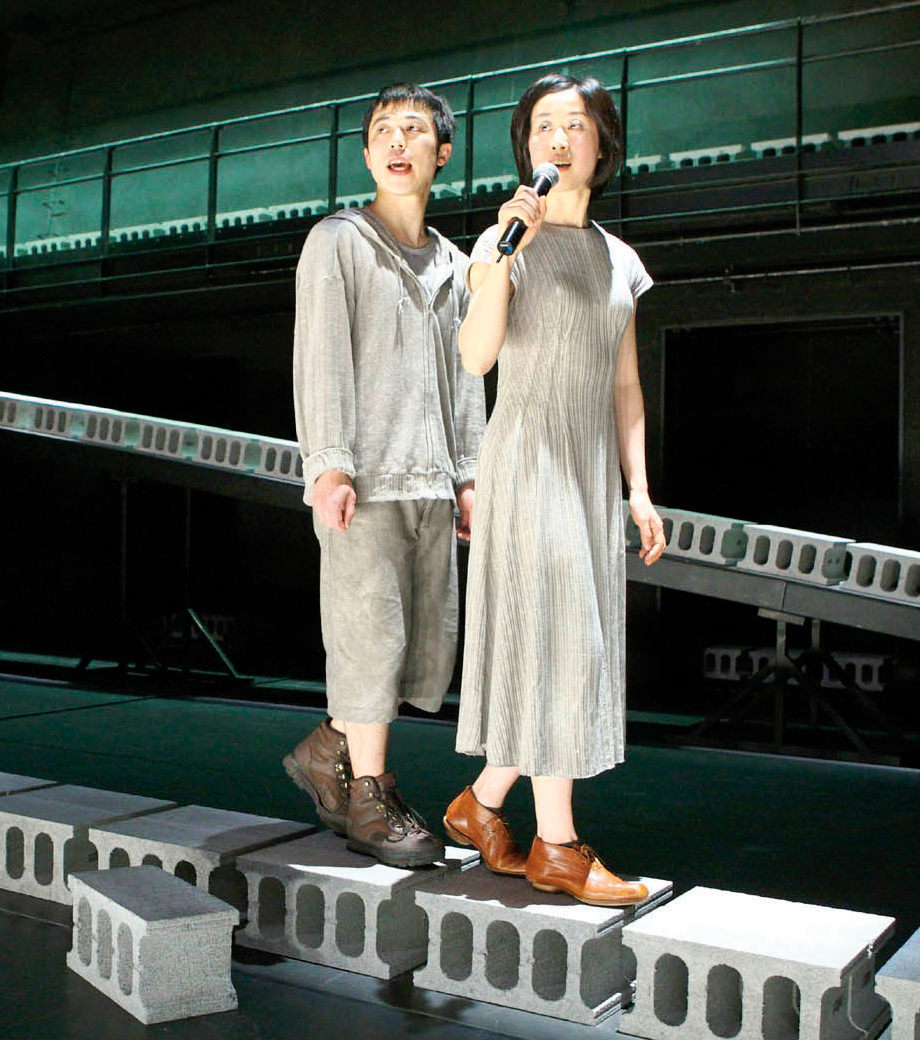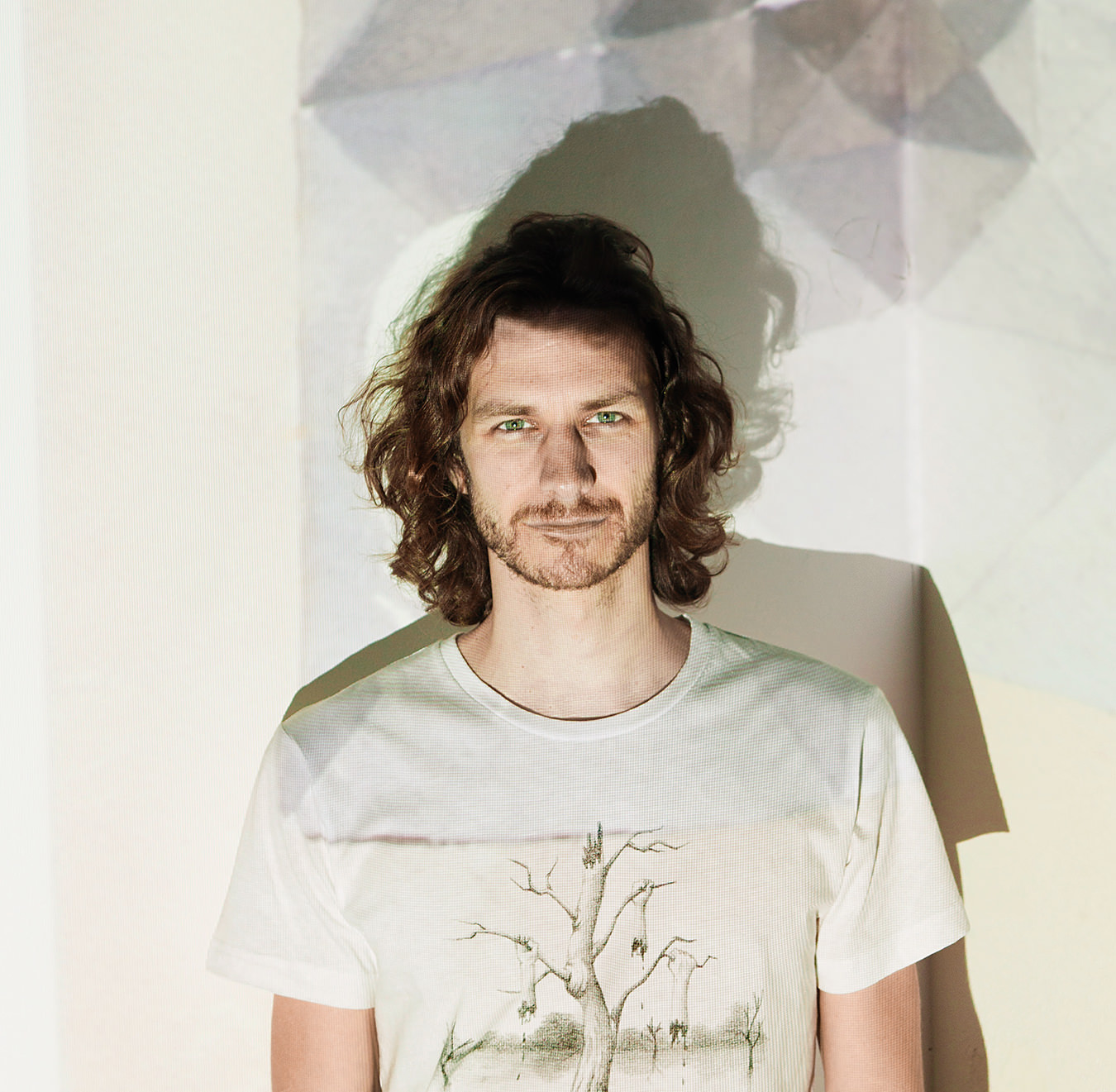Feist
Prairies to Paris.

It’s a long way from raucous high school gigs in Calgary to playing small venues in Montparnasse, from punk performance art to cabaret-infused treatments of original songs and wayward covers that would be out of place save for the fresh musical perspective that informs them. It’s a long way from the beginning of a tour to this sunny day on a park bench, a few hours before the tour’s final performance, everyone ready to let loose a little on stage. Leslie Feist has covered a lot of ground in a short while, and is not, in the industry norm, out in support of her new record, Let It Die.
She is, rather, “making a new album every night, a challenge to interpret the studio album live. We adjust to the variables, while I always respect the audience. Sometimes it’s just how the sound in the room comes back to you. With this band, it can be as liquid as we want it to be.” The studio work conforms to a degree with the demands of the form, well-constructed songs arranged and produced with formal excellence in mind. “I love that low-fi stuff, but trying to make the recordings required that golden ear. I don’t play the part of a producer. I just try to get inside the songs, in the studio and now every night on stage. We started by simply recording songs, like Stevie Wonder’s “All in Love is Fair”, to see what might work.” The album is full of surprises, such as an exquisite Bee Gees cover, wonderful singing and playing, and bears, requires, really, repeated listening.
Feist grew up “a singing kid, with nearly four years’ experience by the time I rolled out of high school in Calgary.” What are the earliest memories of music in her house? “My brother was always playing stuff, and it was before you hit that awareness of “cool”, so for me it was the soundtracks to Grease, Staying Alive, and, actually, Annie. I loved to sing those songs.” She now lives in Paris, and recorded Let it Die there. “It was a fluke, really. Gonzales and I were between things, listening to tapes we’d made, and I had the opportunity to record with Renault Letang. So off to Paris we went, and made the record.” (It’s hard to tell where, if at all, the French tradition of the chanteuse comes in to the feel of this record, but Feist wrinkles her brow and says, “Well, I don’t speak French very well, actually. So it wasn’t a factor for me at all.”)
If the studio is a cocoon, the stage is where she feels a lot more “like Plastic Ono band. My band really helps me, makes the music a little heavier, and we can react to almost anything each other is doing each night.” And sure enough, some of the tracks on the record are pushing into unrecognizability on stage, morphing into tough country swings that are mere whispers of allusion on the album. A cover of Nina Simone’s “See-Line Woman” is particularly riveting, alive to the musicality that almost but not quite hides the seething anger that subsides into despair of the song. Feist had to introduce Fleetwood Mac to her drummer, so he could find new ways to fill certain spaces in the songs for the studio effort, since his skill is salsa-based. But this night, on stage, as the musicians work the material yet again for the first time, as Feist bends her voice to some instinct or other, often in response to what she hears being played alongside her, there is the tightness you might expect from a well-rehearsed big name act, but there is the spirit of improvisation, too, a willingness to seek new ground that in turn is that ineffable something that a live musical performance alone can bring. Being, and staying, alive.
Photo courtesy of EMI and Kaj Junemann.




